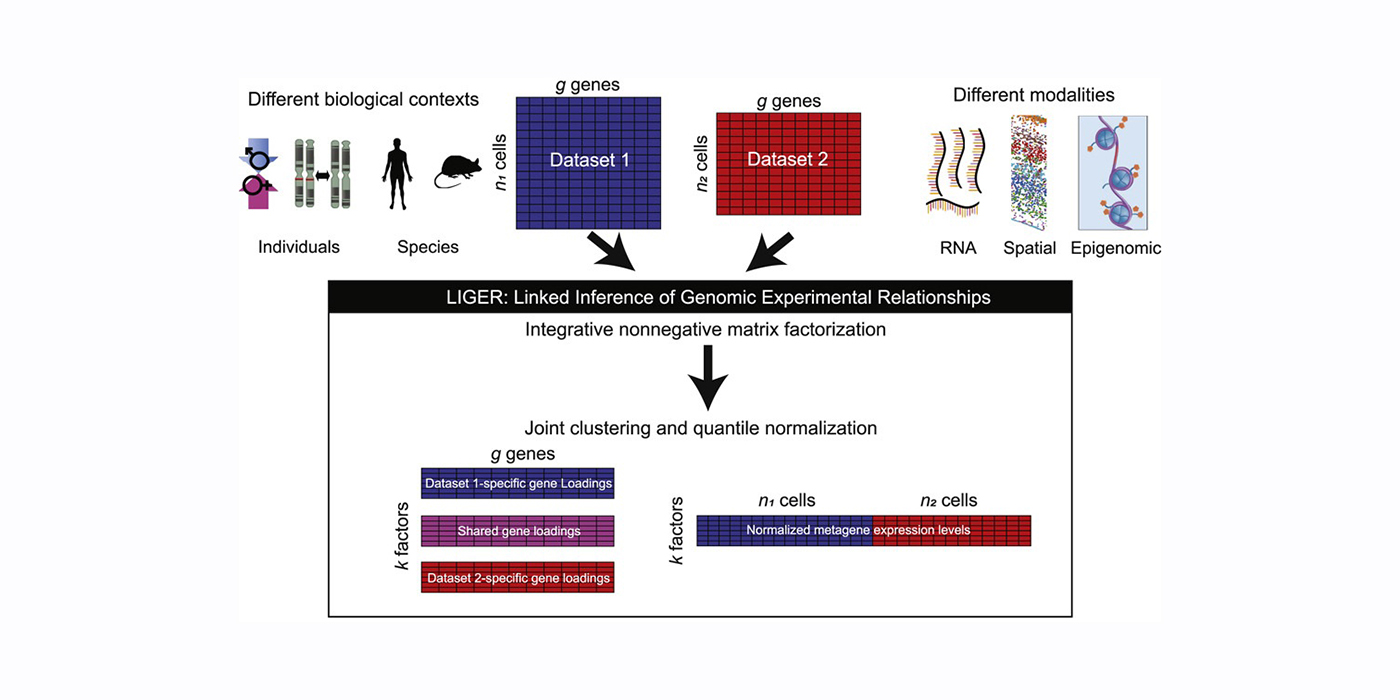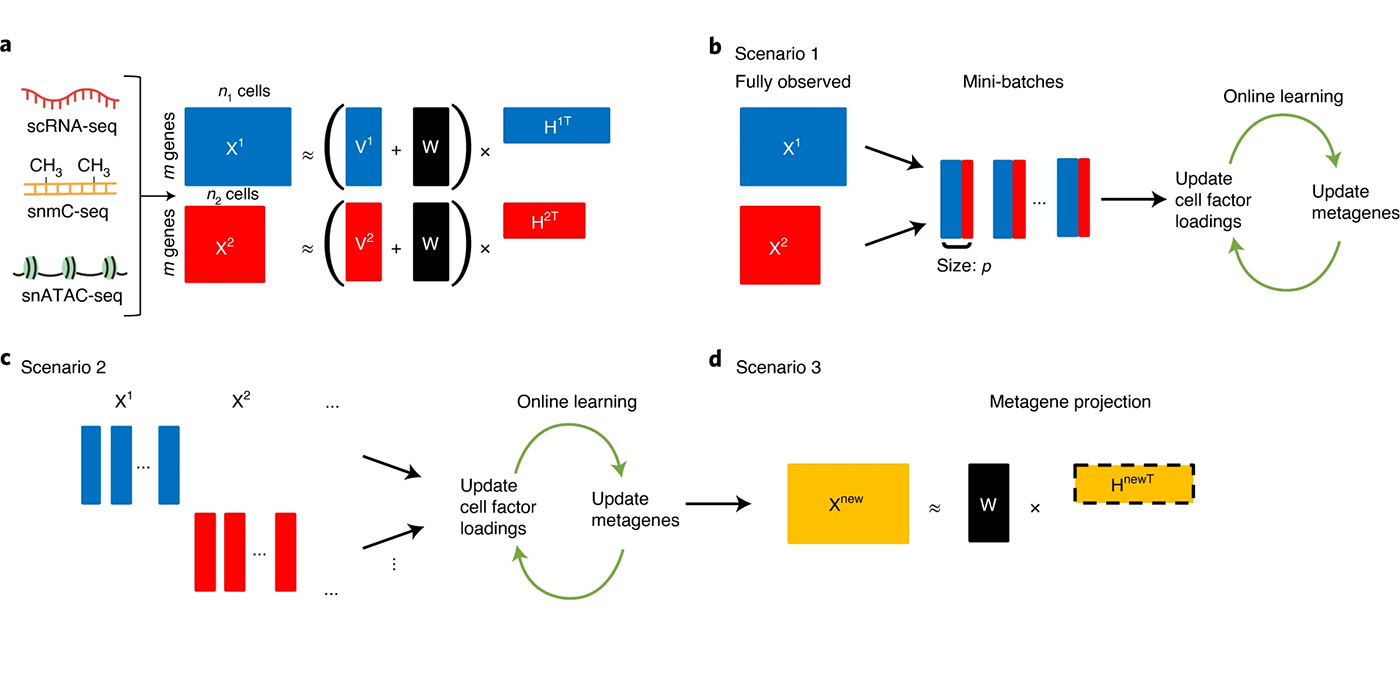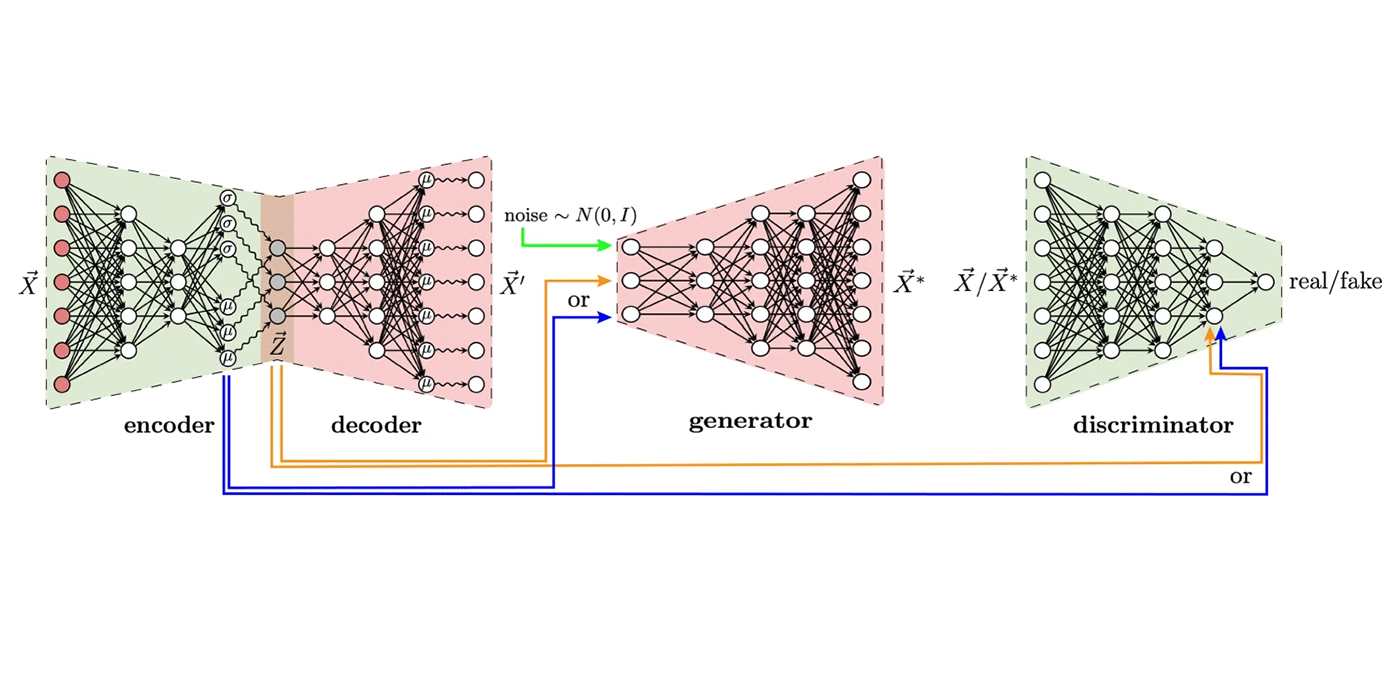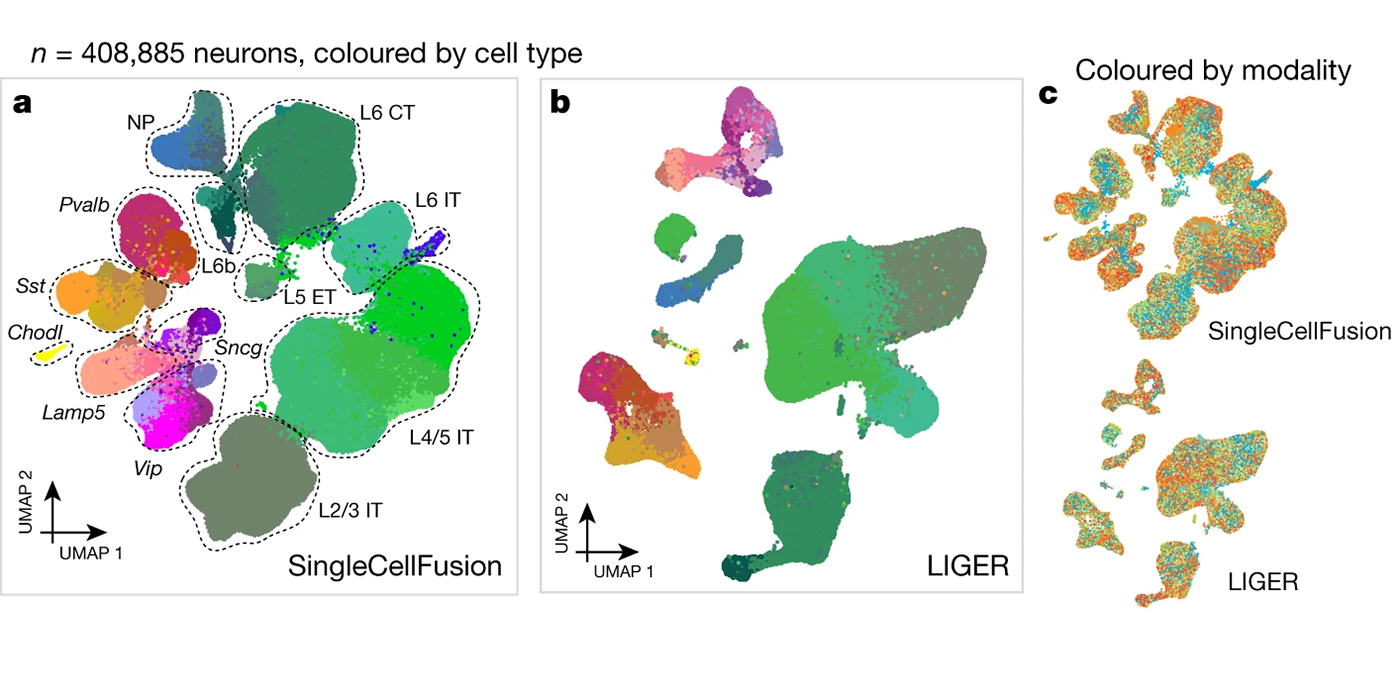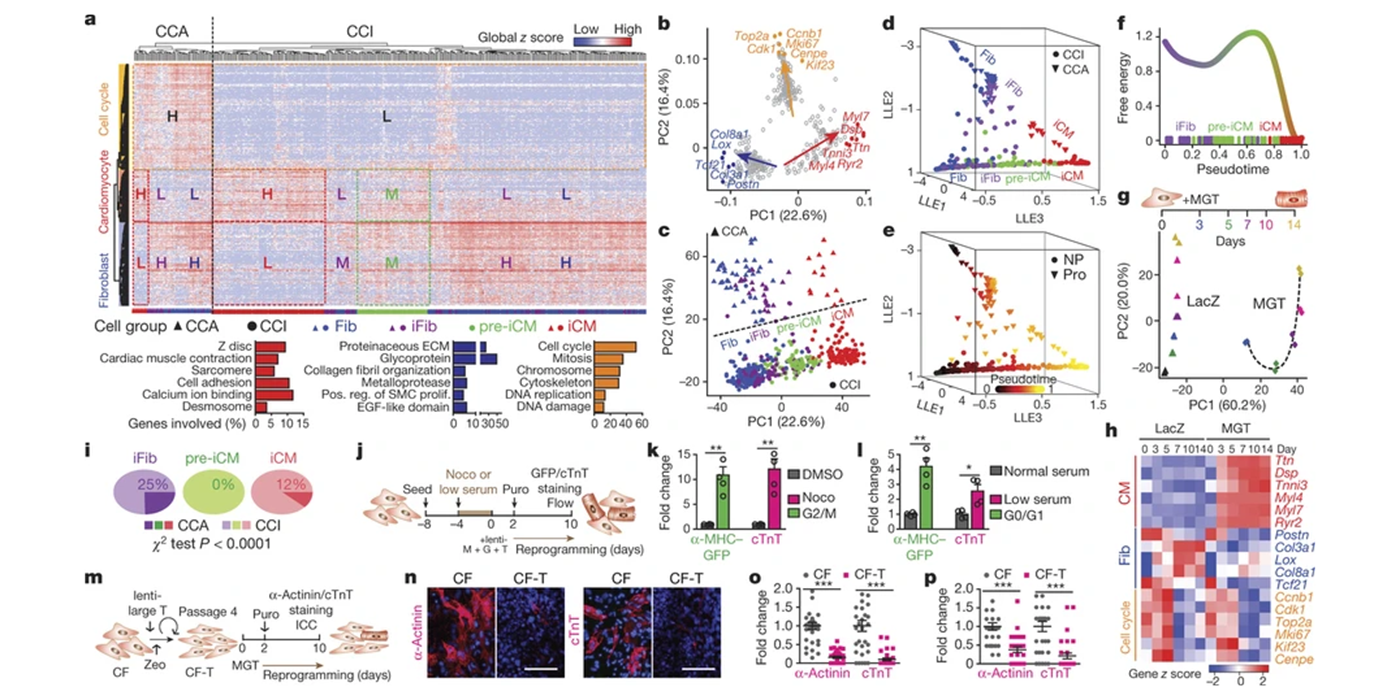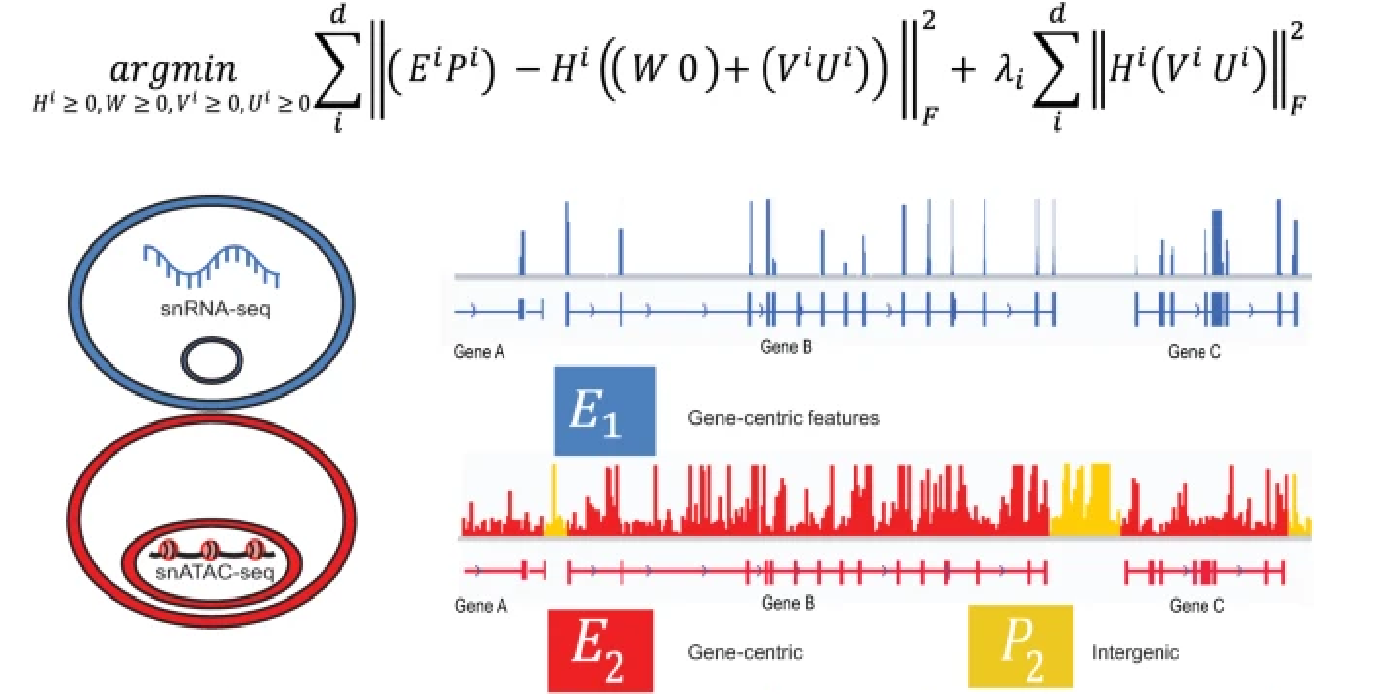Welcome to the Welch Lab
Our research aims to address fundamental problems in both biomedical research and computer science by developing new tools tailored to rapidly emerging high-throughput sequencing technologies. Broadly, we seek to understand what genes define the complement of cell types and cell states within healthy tissue, how cells differentiate to their final fates, and how dysregulation of genes within specific cell types contributes to human disease. As computational method developers, we seek to both employ and advance the methods of machine learning, particularly for unsupervised analysis of high-dimensional data.
Most recently, I have focused on developing open-source software for the processing, analysis, and modeling of single-cell sequencing data. Key contributions in this area include LIGER, a general approach for integrating single-cell transcriptomic, epigenomic and spatial transcriptomic data; online iNMF, a scalable and iterative algorithm for single-cell data integration; and MultiVelo, a tool for modeling cell fate transitions from single-cell multi-omic data. I have applied these methods in collaboration with biological scientists to study stem cell differentiation, somatic cell reprogramming, and the mammalian brain.
The Welch Lab has openings for multiple positions, including Postdoctoral Fellow, PhD Student, Bioinformatician, and Software Engineer! (more info)
News
July 10, 2025Hengshi and Weizhou's paper is published in Molecular Systems Biology
July 3, 2025Second collaborative paper with Ono lab is published in Nature Communications
July 3, 2025Collaborative paper with Ono lab is published in Nature Communications
April 18, 2025Yichen successfully defends his dissertation and earns his PhD in Electrical and Computer Engineering
March 22, 2025Jialin and Yichen's paper is published in Bioinformatics
March 21, 2025Jialin successfully defends his dissertation and earns his PhD in Bioinformatics
February 17, 2025Collaborative paper with Shenoy lab published in Cell Reports
January 16, 2025Chao's paper is published in Bioinformatics
December 11, 2024Neil and Mingjia pass their PhD qualifying exams and achieve candidacy
